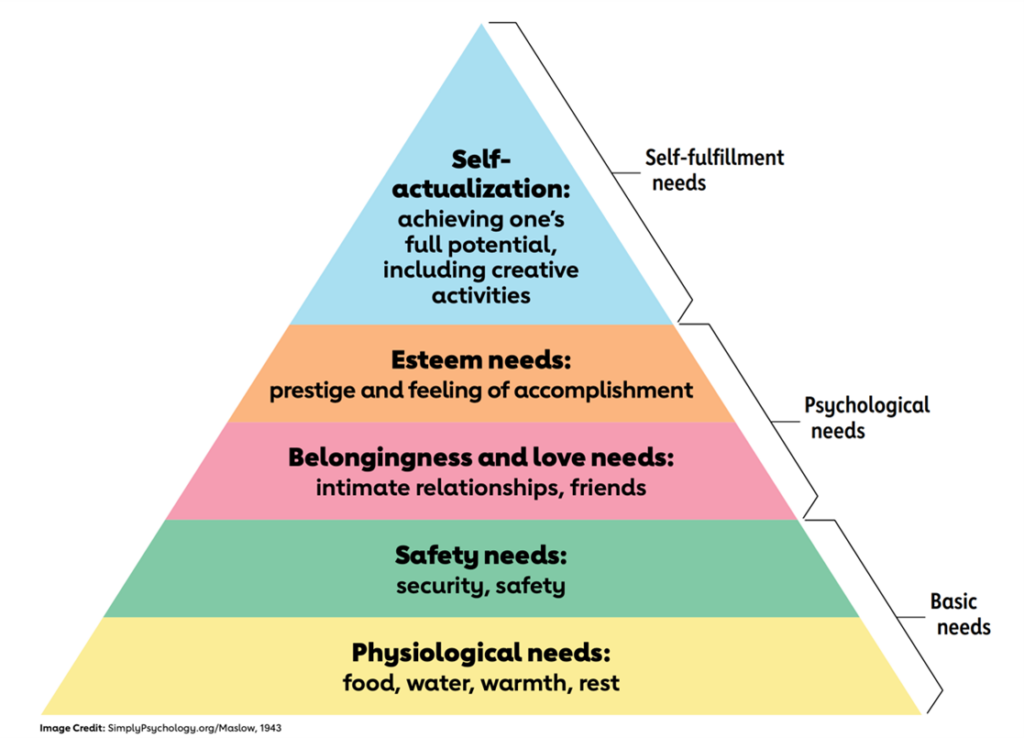September 1, 2023
Winning Marketing Tips to a Screwed-Up American Consumer
Tony Treadway

In a quandary over marketing strategies in today’s consumer environment? Let’s dispense with the rest of the bad news. Experts say the situation will continue through at least the November 2024 election. Now, some explanation and insights on navigating the morass.
Situational Analysis
According to Maeve Webster of Menu Matters, we’ve been in a Permacrisis since COVID. From the pandemic, disputed elections, rising interest rates, mass shootings, artificial intelligence, Ukrainian War with nuclear threats, American consumers are confused and acting illogically. They aren’t sure of their next steps leaving marketers struggling with their strategies.
Permacrisis has consumers defying conventional logic. Why is the fastest-growing demographic of dollar stores making more than $100K? Consumers who had pledged to sustainable products abandoned their support to save $1. Why do consumers shop at dollar stores to save money to buy the most expensive pet food?
This chaos sees consumers resorting to what amounts to Maslow’s Hierarchy of Needs from 1943, a premise we thought through decades of American progress we no longer needed.

Maslow built his pyramid during the world’s greatest war. Applying it to the Permacrisis takes us back to caveman days with what is termed “paradox behavior:”
Fight
A surprisingly aggressive and unrealistic response to minor issues that would previously have been overlooked. It’s people who are simply angry about situations that they can’t control. Road rage, shouting matches, and angry emails and social posts are some examples.
Flight
People simply giving up on today’s challenges. They’ve lost belief in the news media, to tell the truth and the government. They’ve lost faith and are cynical of everything. They’ve also lost brand loyalty, trading down for the easiest, cheapest option.
Freeze
Best exemplified by a new phrase “bed riding”. They’ve checked out and will spend more than a day in bed sleeping, channel surfing, gaming, or gorging on junk food. They are emotionally spent and checked out till the environment improves.
Focus
Those who shut out the current situation focus on the one or two things that make them happy and that they can control. Gardening, buying a new boat or car that’s beyond their budget and intense interest in a hobby are symptoms.
Yep. It’s a mess that a smart marketer will have to navigate.
Here is what we are advising as some strategies to win in a crazy mixed-up world.
Hospitality
Frictionless, over-the-top displays of extra-compassionate service to consumers will capture attention and possible long-term loyalty. Creating new, unexpected programs that offer special services or amenities that demonstrate that you respect and appreciate your customers is a winning strategy.
Engage
Address every customer’s complaint quickly and in the most personal way available. This approach builds trust and confidence in your brand. Be authentic in your response and with messaging that acknowledges today’s environment to demonstrate that your brand is a friend, not the enemy.
Innovation
Now is the time to roll out innovations that simplify the life of a customer. It doesn’t need to be a new widget or technology. It can involve new delivery or pick-up solutions that eliminate hassles or pressure in a meaningful way. For example, a new company, called 2U Laundry, will pick up customer’s dirty laundry, perform the cleaning and deliver it back to the customer’s home.
Control
Think about your offering and how it can create “joy” for those consumers who are focused on the one or two things that they feel they can control and make them happy. Offer little luxuries that connect with them and build loyalty for those who are happy to spend more on self-indulgence.
Segmentation vs. Lifestyle
Some marketers are shifting from decades of segmenting consumers into those they target with a specific strategy, like adults 18-34. Since consumers are acting irrationally, they are focusing now on “lifestyles”. Taking a solutions-centric approach to all consumers. The effort is identifying some new gold mines for marketing.
For example, marketers sometimes overlook adults over the age of 54, thinking they are past the heavy spending of buying homes, cars, furniture, and more. Yet, according to the Wall Street Journal females age 45+ spend 250% more than females under age 45. If you are ready for some help in winning in a screwed-up consumer environment, we are here for you.
Get insights delivered straight to your inbox.